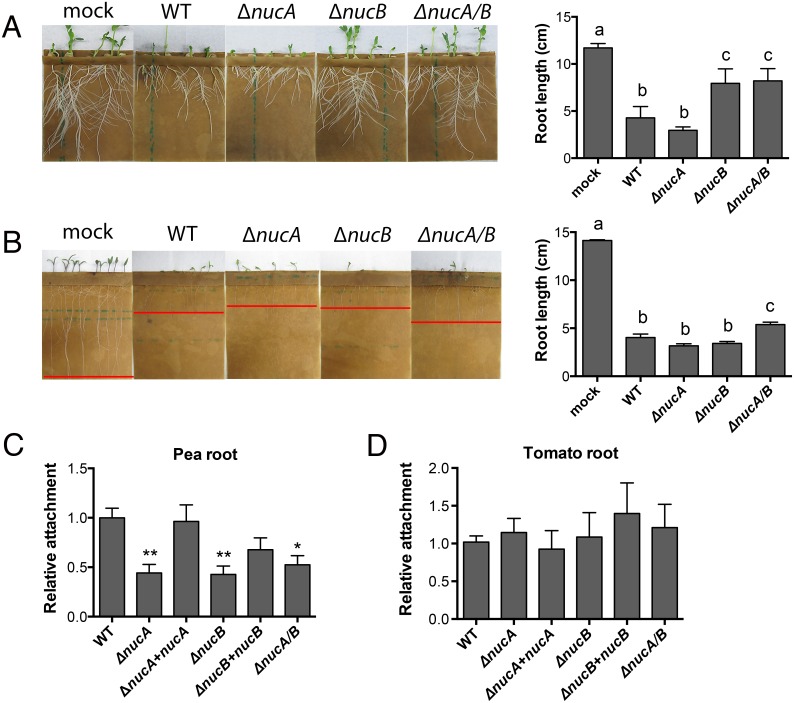Fig 6. R. solanacearum exDNases contribute to tomato and pea root stunting and bacterial attachment to pea roots.
Seedlings of (A) pea (cv. Little Marvel) and (B) tomato (cv. Bonny Best) were grown on water agar for 2–3 days, inoculated with 107 cells (pea) or 106 cells (tomato) of R. solanacearum wild-type strain GMI1000 or exDNase mutant strains as indicated and grown in germination pouches at 24°C (pea) or 28°C (tomato) for 10 days. Red bars indicate approximate root tip length. Representative results of two independent experiments are shown. Bar graphs show average length of tomato root determined using measurements with ImageJ. Bars that have the same letter are not significantly different (Tukey’s HSD test, P<0.01). (C) and (D) ExDNase mutants are defective in attachment to pea roots, but not to tomato roots. Three-day old axenic tomato or pea seedlings were incubated for 2 h with 2.5x103 CFU of either wild-type strain GMI1000 or the ΔnucA/B mutant. Excised roots were washed in sterile water and blotted dry. Four roots were pooled as a technical replicate, ground, and serially dilution plated to quantify attached bacteria. Data shown are from three independent experiments; each contained 5 technical replicates. Bars represent proportion of wild-type root attachment (one-way ANOVA, *P< 0.05, ** P< 0.01).

